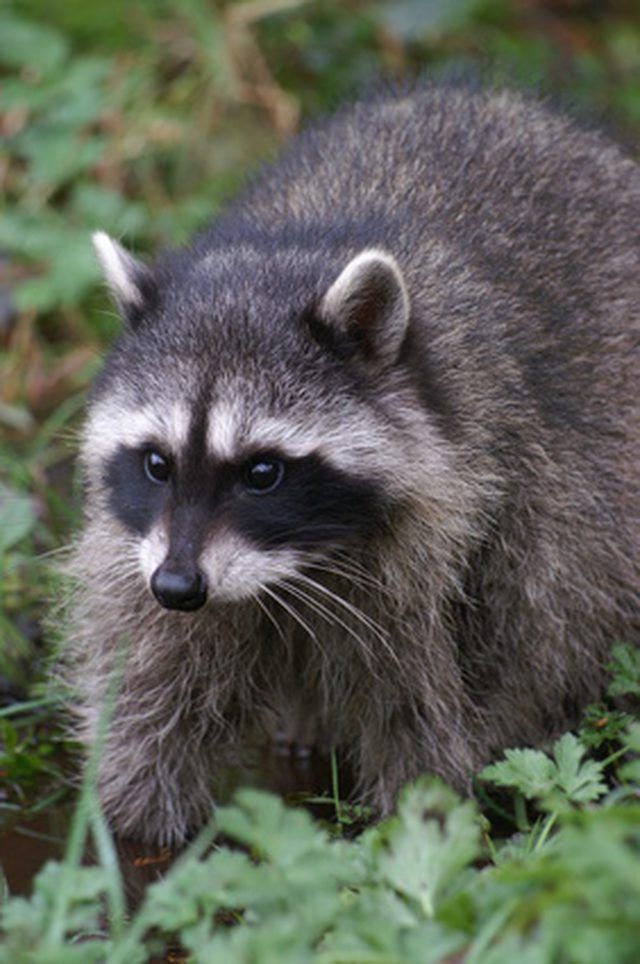Bulbs
Flower Basics
Flower Beds & Specialty Gardens
Flower Garden
Garden Furniture
Garden Gnomes
Garden Seeds
Garden Sheds
Garden Statues
Garden Tools & Supplies
Gardening Basics
Green & Organic
Groundcovers & Vines
Growing Annuals
Growing Basil
Growing Beans
Growing Berries
Growing Blueberries
Growing Cactus
Growing Corn
Growing Cotton
Growing Edibles
Growing Flowers
Growing Garlic
Growing Grapes
Growing Grass
Growing Herbs
Growing Jasmine
Growing Mint
Growing Mushrooms
Orchids
Growing Peanuts
Growing Perennials
Growing Plants
Growing Rosemary
Growing Roses
Growing Strawberries
Growing Sunflowers
Growing Thyme
Growing Tomatoes
Growing Tulips
Growing Vegetables
Herb Basics
Herb Garden
Indoor Growing
Landscaping Basics
Landscaping Patios
Landscaping Plants
Landscaping Shrubs
Landscaping Trees
Landscaping Walks & Pathways
Lawn Basics
Lawn Maintenance
Lawn Mowers
Lawn Ornaments
Lawn Planting
Lawn Tools
Outdoor Growing
Overall Landscape Planning
Pests, Weeds & Problems
Plant Basics
Rock Garden
Rose Garden
Shrubs
Soil
Specialty Gardens
Trees
Vegetable Garden
Yard Maintenance
How Do Raccoons Adapt During Winter?
How Do Raccoons Adapt During Winter?. Raccoons are very adaptable mammals, ranging all the way from Central America to Canada. They have adapted well to a lot of different climates, as well as to human interference of their habitat because they are omnivorous and have a unique form of partial hibernation. They are also very dexterous, giving them a...

Raccoons are very adaptable mammals, ranging all the way from Central America to Canada. They have adapted well to a lot of different climates, as well as to human interference of their habitat because they are omnivorous and have a unique form of partial hibernation. They are also very dexterous, giving them a good selection of living spaces and the ability to find something to eat almost anywhere.
Diet
Raccoons are omnivorous, meaning they eat a mixture of meat and vegetation. Their diet differs throughout the year and depends on where they live. During the winter, raccoons switch their diet from things like crayfish and insects to focus specifically on fat-rich foods such as acorns and corn. They will store as much fat as possible for a partial hibernation later in the winter when food is very scarce. Humans have made it easier for raccoons to survive in many habitats, as a favorite food location for raccoons is now a garbage can.
Partial Hibernation
Raccoons do not officially hibernate during the winter, but may exhibit a type of partial hibernation. They will sleep in dens for up to a month at a time, and can live off of up to 50 percent of their stored fat before reemerging. Raccoons will come out and forage for food on the warmer days, and may go back to sleep for a while once it is cold again.
Dens
These mammals prefer hollows in trees or logs, but will also use leftover burrows made by other animals in the ground. Other mammals will often sleep in dens with raccoons during these times of partial hibernation. Skunks, muskrats, opossums and raccoons may all share a den. They may also sleep in large piles with other raccoons, even though they are mainly solitary in nature. This helps them conserve body heat during sleep time to waste less energy, since they do not undergo as many metabolic changes as true hibernating mammals.
Coat
Many mammals grow a thicker coat in the winter to help deal with the cold temperatures. Since they are warm-blooded, they need their internal body temperature to be regulated. Since raccoons stay relatively active during the winter, they need this to happen for their survival. They will shed in the spring, just like dogs, making the raccoons look almost sick. The coat will start to thicken up again as early as August.
Reproduction
Raccoons mate during the late winter months while females lay in their dens. The males will mate with several females during the winter, moving from den to den to do so. The females will stay in their dens for most of the first few months of their cubs' lives.